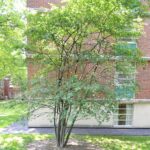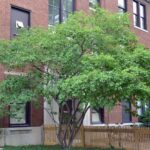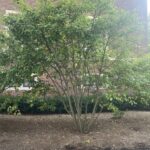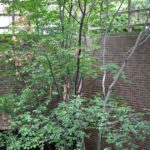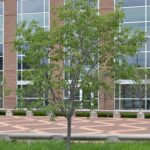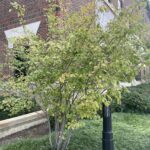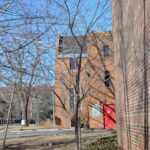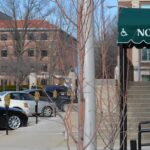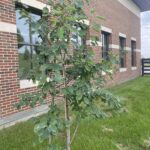Flower Notes:
White (Borne on racemes; Beautiful upright clusters of 5-petaled white flowers that appear in early spring)
Foliage Notes:
Green (Medium to dark green summer foliage); Multi-Colored (Attractive fall color that can range from yellow and gold to orange and red)
Stem Notes:
slender, brown, and small lenticels on stems
Fruit Notes:
Black (Small, round red fruits that ultimately mature to black in early to mid-summer)
Soil Notes:
Prefers moist, well-drained soils, but is quite adaptable
Diagnostic Characteristics:
Leaves are alternate, simple, elliptic, rounded, finely serrated, and 1.5-2.5" long by 0.5-1.25" wide. The young leaves are densely pubescent, becoming glabrous at maturity. Compared to A. arborea and A. laevis, the flower petals of A. canadensis are slightly shorter and much more strongly obovate. Bark is gray and smooth.
 Indiana Native
Indiana Native 